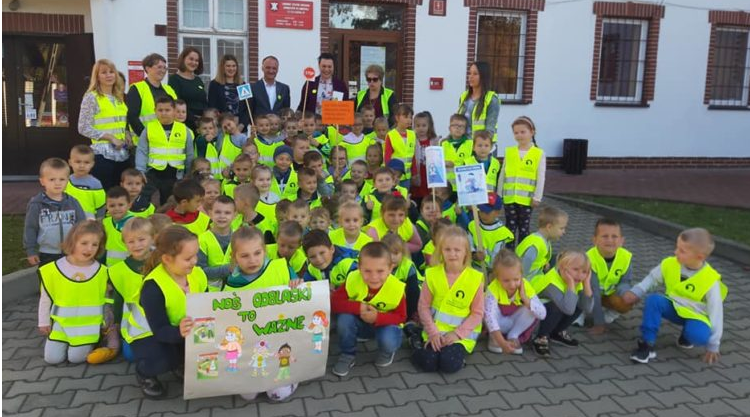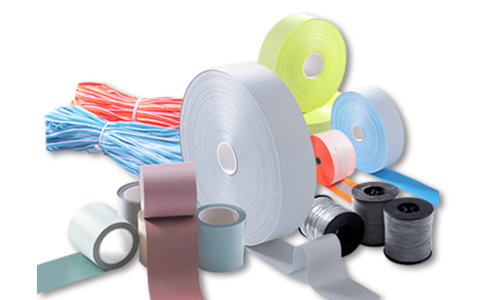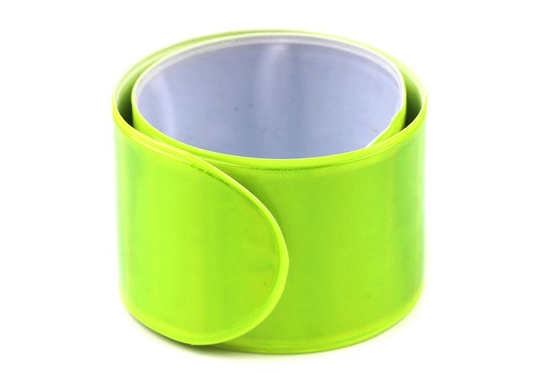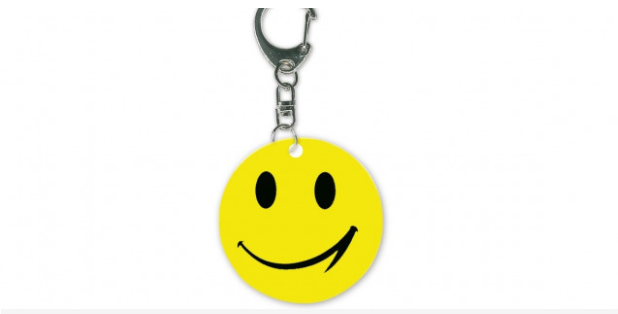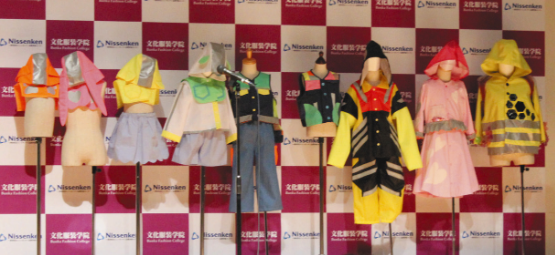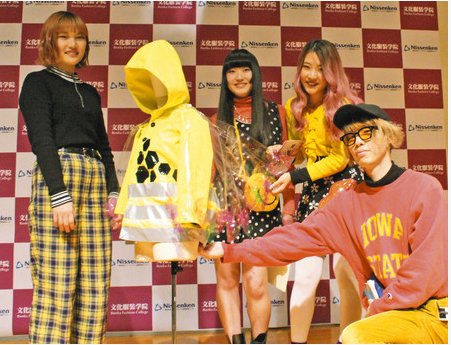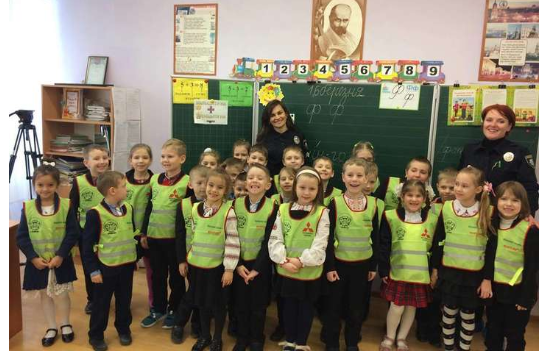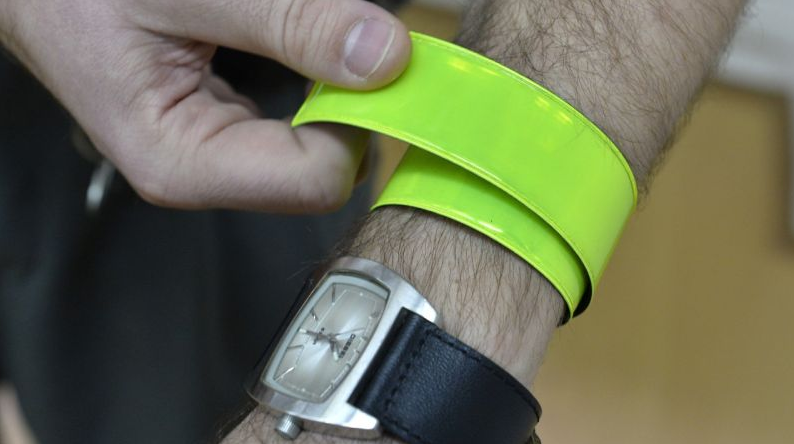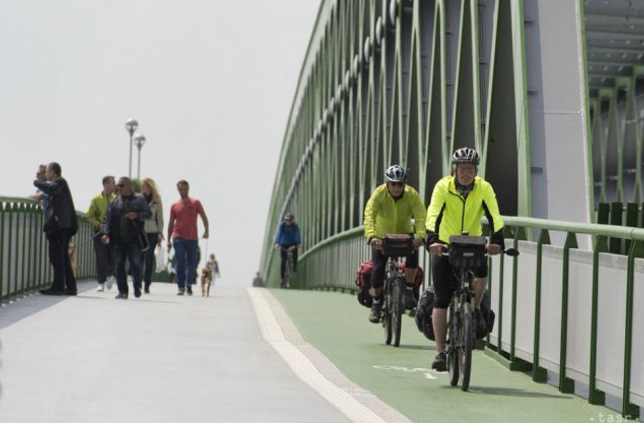In the current school year, students of the Primary School St. Francis of Assisi in Łabowa took part in the 10th edition of the “Reflective School” Małopolska Competition. For the eighth time, the school in Łabowa participated in this competition.
All activities related to the competition were intended to make them aware of the need to know the rules of the road, to comply with them consistently and to increase road safety by the obligation to wear reflective vest elements.
Once again, a “Reflective Procession of Preschoolers” took place. Children wearing reflective vests and carrying banners visited institutions operating in the Łabowa commune. They met with the commune head and gave her a reflection. Colorful reflections also received by the head of the GZOJ, employees of Bank Spółdzielczy, employees of the pharmacy and the school management in Łabowa. The children also gave reflections to the pedestrians they met.
As part of the activities there was also a “Reflective disco for preschoolers”, during which, in addition to fun and dancing to music, a fashion show was held. The children presented their reflective outfit made in cooperation with their parents presenting it on the catwalk – a pedestrian crossing.
The “reflective appeal” was the next point promoting wearing reflectors. Students danced “Belgian” and later the whole school community danced “A ram alone”. The results of the art competition were also announced. On this day, children and teachers walked around the school wearing reflective vests, reminding the entire school community of this important duty for every pedestrian on the road. On this day there was also a teaching council where everyone was wearing reflective vests with reflective fabrics.
In each classroom, there are newspapers on the walls that promote the theme of being visible on the road and the need to wear reflectors for your safety.
Once again, students conducted a rosary service at the church, which, as part of extracurricular activities, prepared reflection on the mysteries of the rosary, drawing the attention of the faithful to the problem of road safety and praying for the human life of road users, for victims of road accidents, especially for children dying on the roads. Also, every adult got a reflector.
As part of the competition, a meeting was held with police officers combined with a lecture on the subject of “Safe participation of children and adults in road traffic”.
We ended the action with a meeting with seniors. There was a demonstration of pre-medical first aid that ended with the joint implementation of reflective vests with preschoolers.
